After Vietnamese Lunar New Year, the initial spirit of spring is urging beautiful ethnic women and girls to put on colorfully unique clothes and attend traditional fairs around Northwest mountain area. Oops! You will definitely steal any girl’s heart away if you dance with her in her truly tribal dance. How on earth you can know! Let put your pocket initially primary tips of recognizing ethnic people by their traditional costumes.
While there are over fifty tribes all over Vietnam, particularly Northwest area is the place where roughly 20 ones live together. Wait! It is no need to learn them all. This writing will only introduce 5 minority groups with highest population, which are: Thái (Thai), H’Mông (Hmong), Mường (Muong), Tày (Tay) and Dao (Yao).
Living in the most populous community in the Northwest region, Thai womenfolk generally have retained their traditional outfit that includes short vests, long black skirts, scarves, and ornaments. However, there are a couple of different features between White Thai and Black Thai. The White Thai wear V-shape neckline vests, indigo scarves without pattern and wide brim hats. Noticeably, women who are not married yet have nape buns; otherwise have top- knot buns.
Meanwhile, the Black Thai’s vests have standing and round collars, and their “Piêu” scarves are embroidered colorfully with various motifs of pattern.
Among these groups introduced, H’Mong people seem own the most flamboyant garment style. The Mong use linen as material. Originally, skirts were much duller with little red appliqué work; aprons featured in front were black plainly. Over the years, they all have become more vibrant by using a variety of the many colorful fabrics available. Belts and moneybags are at the waist, and red sash dangles from the back. Leggings are also highlighting accessories.
Next, let discover Muong group that has the closest origins with the Kinh Vietnamese. The Muong females wear purely white rectangular turbans, bras and short vests that are open at the front (or at the shoulders). The skirt is long to the ankle, complements a broad silk belt embroidered carefully with various motifs such as flowers, figures, dragons, phoenixes, deer and birds. Their jewelry includes a bracelet, a necklace, and a 2 to 4 line silver key chain that has a tiger or bear claw, covered with silver.
Now please close your eyes. Do you hear a clear women’s voice singed along with steady rhythm of the “Tính” musical instrument? Oh! You are probably seeing a Tay woman. The Tay still wear knee-length indigo-dyed dresses split at the right side with some buttons along the armpit, and narrow sleeves. Attending festivals, they do not forget to put on similarly plain, knotted headscarves peaked at the front and set off with silver necklaces. Seemingly is the cloth plain enough to give attraction of her natural beauty as well as her performance.
Instead of dresses as 4 above tribes, Dao’s attire concludes trousers. Unique patterns adorn the belt and low half of both trouser pants are emphasize signs to find out Dao’s ladies. Besides, the people boast particularly striking traditional jackets characterized by rectangular patch of embroidery sewn onto the back of them. Typically has a set of accessories an elaborate headgear, a triangular-shaped turban, decorated with silver coins, beads and colored tassels.
Honestly, I cannot give you Doraemon Memory Bread to learn above knowledge by heart. However, the key to do is that whenever your heart stirs in front of real charm of an ethnic girl, you will never forget which tribe she belongs and all. Most gorgeous “flowers” are waiting to blossom during this spring festivals around the Northwest area. Therefore, do yourself experience!



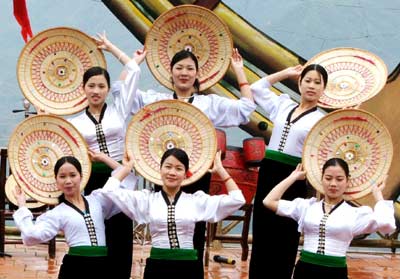
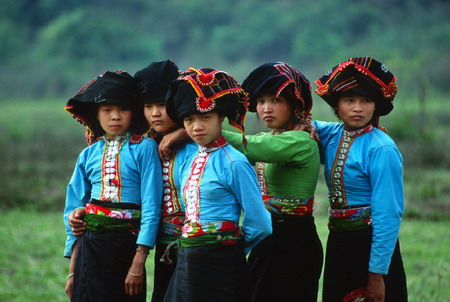
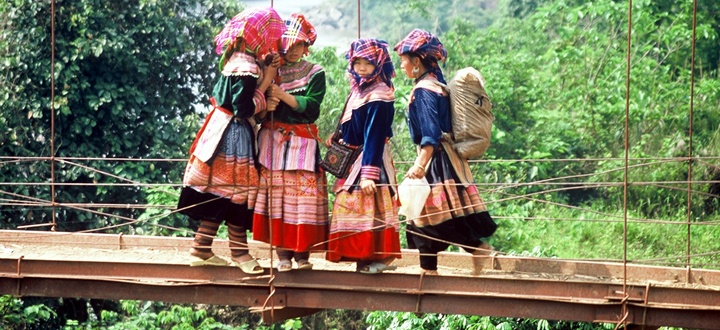
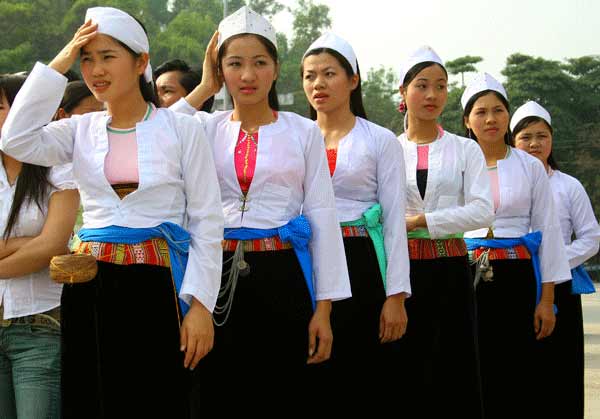
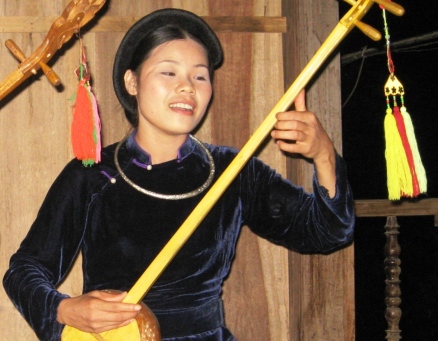
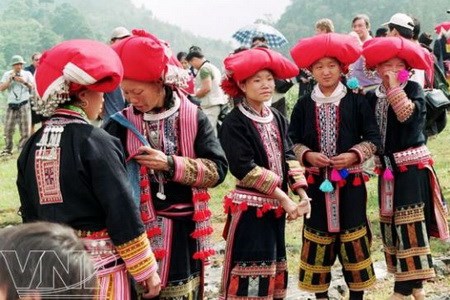
Comments